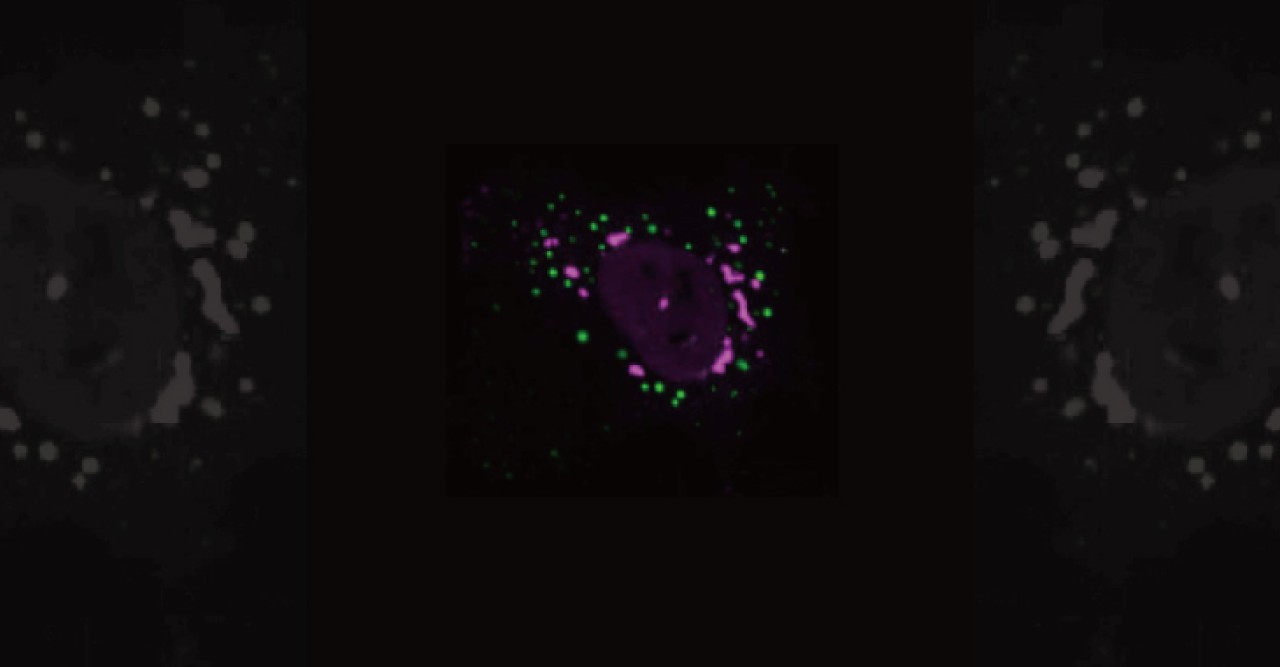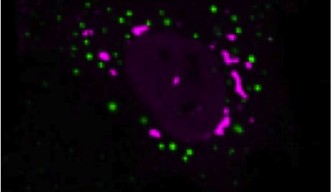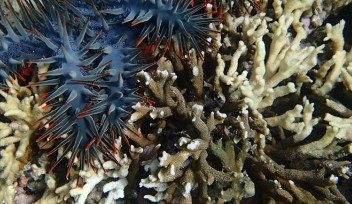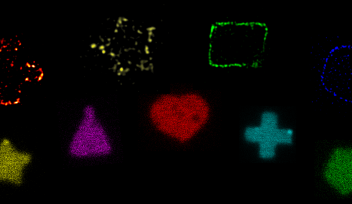Taking Out the Garbage: How Cells Know What to Keep and What to Toss

To respond to the body’s needs, our cells are constantly switching specific genes on or off. Flipping the switch means the cells either start or stop making copies of a gene out of molecules known as RNA; these so-called “transcripts” are then read by protein-making machinery to manufacture the gene’s final product.
But to turn a gene well and truly off, the cell needs to do more than simply stop making RNA copies of it. It needs to break down existing RNA transcripts in order to cut off production of their protein products, a process that, if it goes wrong, can have disastrous or even fatal effects. The Cell Signal Unit studies how cells sort out the garbage transcripts from those that are still needed.
One key to the process is a complex of proteins called CCR4-NOT, which by still-unknown mechanisms select specific RNA transcripts and then, together with other proteins, begin the cutoff process. To find out what each member of the complex does, the unit is knocking out the genes for the proteins one by one in mice and looking at the effects. In most cases those effects are dramatic, and lead to the mouse’s embryonic death or infertility. On the other hand, knocking out just one of the two copies of one member of the complex, CNOT3, turns out to keep the mice lean no matter what they eat. Prof. Tadashi Yamamoto, the head of the unit, says this finding may point toward a potential diet drug.
But this would simply be a bonus for the Cell Signal Unit, which is interested in many different components of the chemical systems cells use to communicate within themselves and with the outside world. For example, the CCR4-NOT proteins work with a protein called TOB to break down RNA transcripts, and TOB activity is controlled by a family of proteins on the cell surface that change their activity in response to signals from outside the cell. By studying this and other systems, such as synaptic plasticity and energy metabolism, the unit’s aim is to better understand “how we animals respond to the external environment to survive,” says Prof. Yamamoto.
Specialty
Research Unit
For press enquiries:
Press Inquiry Form















